The world faces a monumental challenge: growing urbanization and climate change. As more people move to cities in search of economic opportunities and a better quality of life, urban environments are expanding rapidly, consuming natural resources and emitting significant amounts of greenhouse gases. In this context, the notion of “green cities” has emerged as a visionary response to these global issues, representing a sustainable urban revolution that redefines the way we live, work, and move in urban centers.
Leading cities around the world, such as Copenhagen, Singapore, Curitiba in Brazil, and Vancouver in Canada, have taken pioneering roles in transforming their urban environments towards sustainability. These emblematic examples demonstrate that transitioning cities to green is not only possible but also essential to ensure a livable future for generations to come.
Copenhagen: A Cycling Paradise
Copenhagen, the capital of Denmark, has become synonymous with sustainable urban planning and design. The city’s commitment to reducing carbon emissions and promoting a greener lifestyle is most evident in its extensive cycling infrastructure. Copenhagen boasts over 390 kilometers of bike lanes and cycling-friendly policies that have made biking the preferred mode of transportation for its residents.
One of the city’s iconic initiatives is the “Copenhagen Wheel,” an innovation that transforms regular bicycles into electric-assisted ones, encouraging even more people to cycle. Additionally, the city’s ambitious goal of becoming carbon-neutral by 2025 has led to investments in renewable energy sources and energy-efficient buildings, reducing its environmental impact while enhancing the quality of life for its inhabitants.
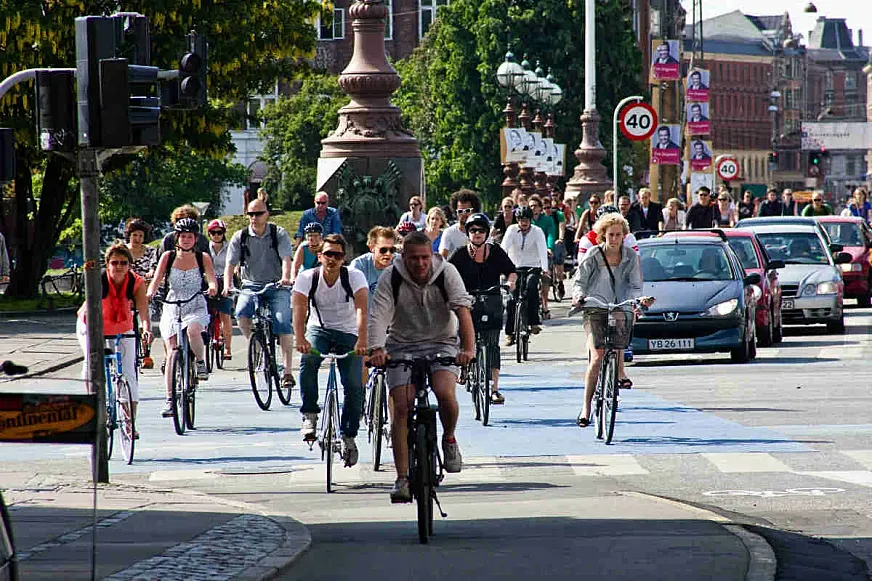
Copenhagen, Denmark.

Copenhagen, Denmark.
Singapore: The Garden City
Singapore, a bustling metropolis in Southeast Asia, has taken the concept of urban greenery to new heights. Often referred to as the “Garden City,” Singapore has integrated lush green spaces and innovative architecture seamlessly into its urban fabric.
The city-state has developed iconic projects like the “Supertree Grove” in the Gardens by the Bay, where massive structures that resemble giant trees house vertical gardens and solar panels, contributing to renewable energy generation. Furthermore, the government has promoted tree planting and the creation of parks and nature reserves, improving air quality and the well-being of its residents.
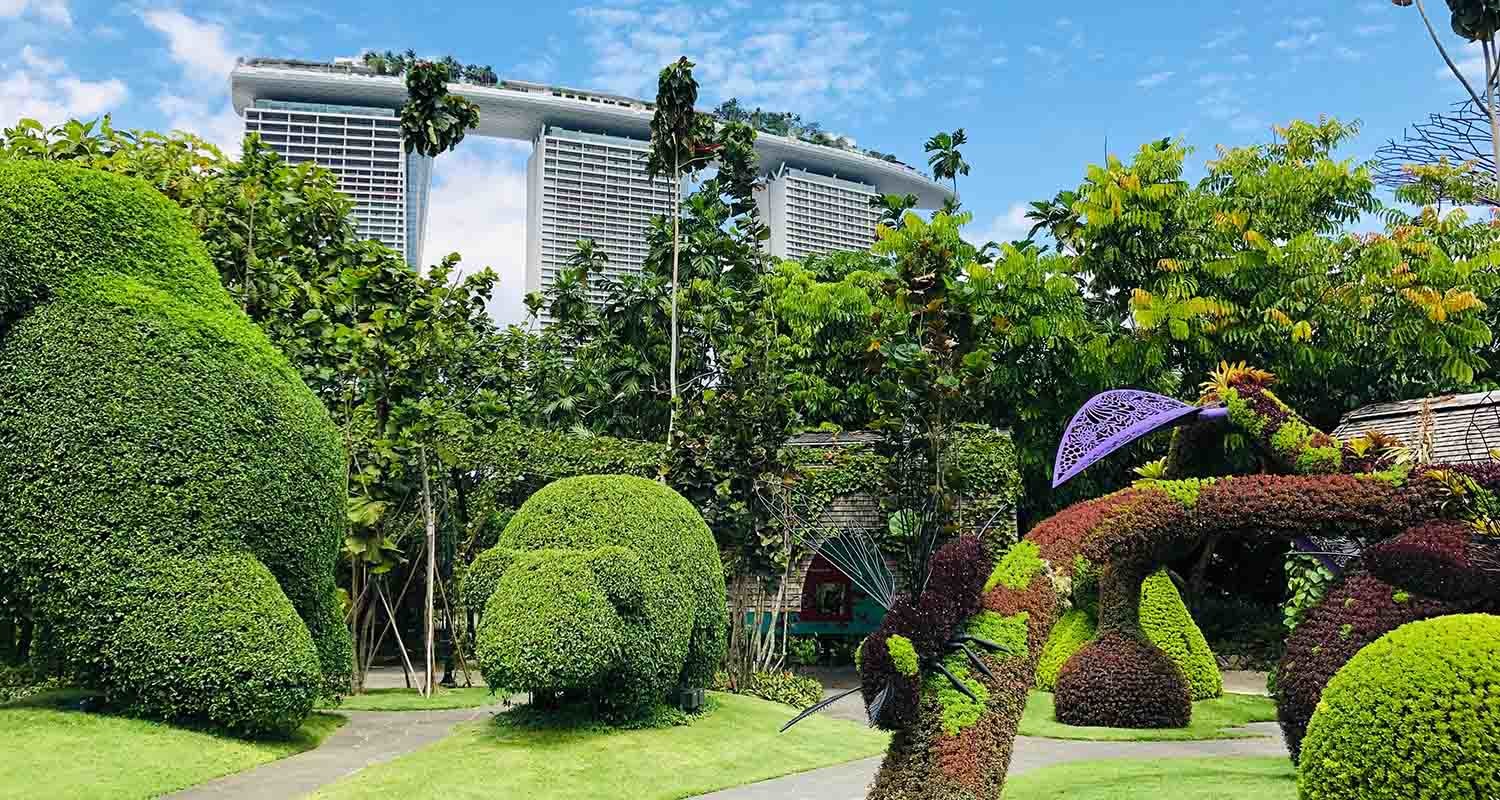
Singapore, Asia.
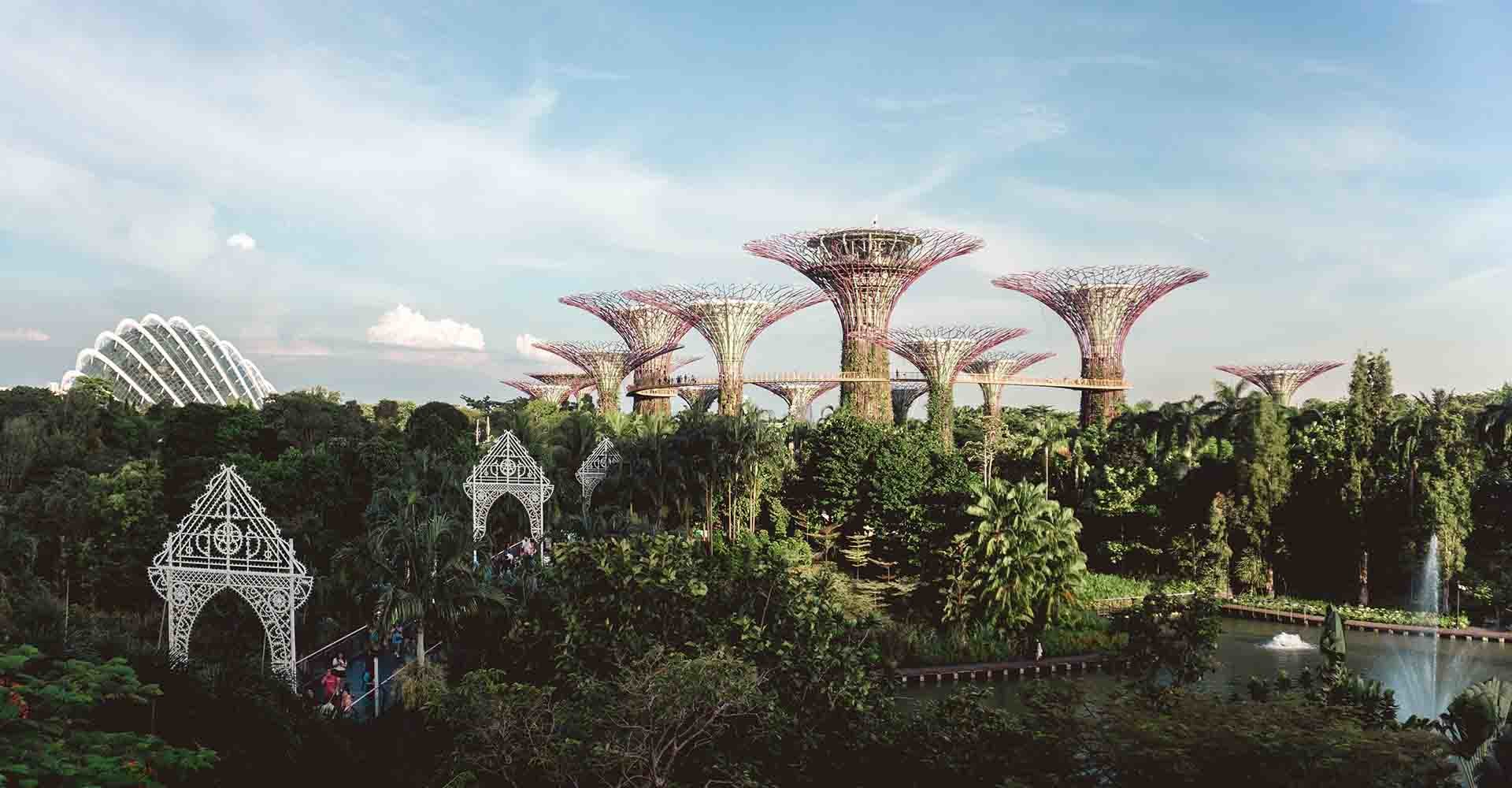
Singapore, Asia.
Curitiba: Innovation in Public Transportation
Curitiba, in Brazil, is an example of how a city can creatively and sustainably address urban challenges. The city is a pioneer in public transportation planning, with its Bus Rapid Transit (BRT) system serving as a model for cities worldwide. Curitiba’s BRT is efficient, accessible, and has contributed to reducing traffic congestion and carbon emissions.
Moreover, Curitiba has fostered the development of green areas and the revitalization of public spaces, promoting an active and healthy lifestyle. The city has shown that it is possible to achieve a balance between urban growth and environmental conservation.

Curitiba, Brazil.

Curitiba, Brazil.
Vancouver: Leader in Sustainable Buildings
Vancouver, in Canada, stands out for its focus on sustainable construction and reducing the carbon footprint of its buildings. The city has implemented policies that require strict standards for energy efficiency and sustainability in the construction of new buildings, leading to the proliferation of green skyscrapers and sustainable housing projects.
Vancouver’s commitment to renewable energy is also evident in its hydroelectric power generation, contributing to its goal of using clean energy sources and reducing reliance on fossil fuels.

Vancouver, Canada.
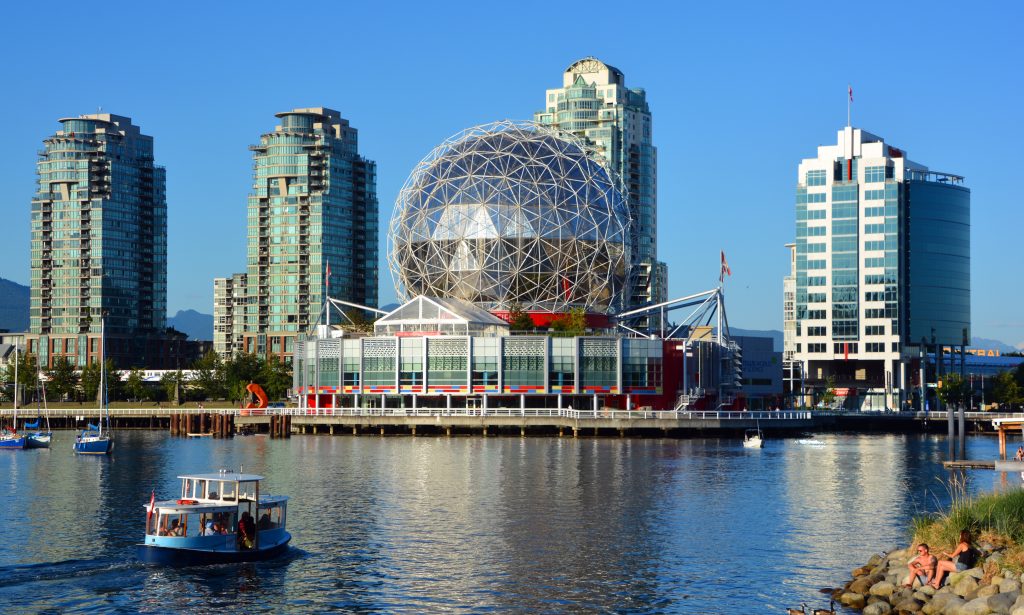
Vancouver, Canada.
These examples from Copenhagen, Singapore, Curitiba, and Vancouver provide a glimpse into the growing sustainable urban revolution taking place worldwide. These cities have demonstrated that addressing urban challenges creatively and sustainably can improve the quality of life for their residents while reducing their environmental impact.
Other cities, such as Los Angeles, which aims to improve air quality and mobility through the expansion of public transportation and the promotion of electric vehicles; London, which is reducing pollution through ultra-low emission zones and promoting sustainable mobility; Bogotá, renowned for its successful BRT transportation system and the creation of green public spaces; Amsterdam, a leader in cycling culture and pedestrian-friendly urban centers; Adelaide, committed to carbon neutrality through investments in renewable energy and outdoor recreation areas; and Shenzhen, embracing public transportation electrification and moving towards carbon neutrality, exemplify the growing global effort of cities to “greenify,” adopting bold measures to enhance the quality of life for their residents and contribute to a more sustainable future.
As more cities seek innovative solutions to build a greener and more sustainable future, they can look to these urban centers as role models. The transformation of cities is an ongoing process that requires vision, planning, and commitment, but the benefits are clear: cleaner, healthier, and more pleasant cities to live in, for both current and future generations.


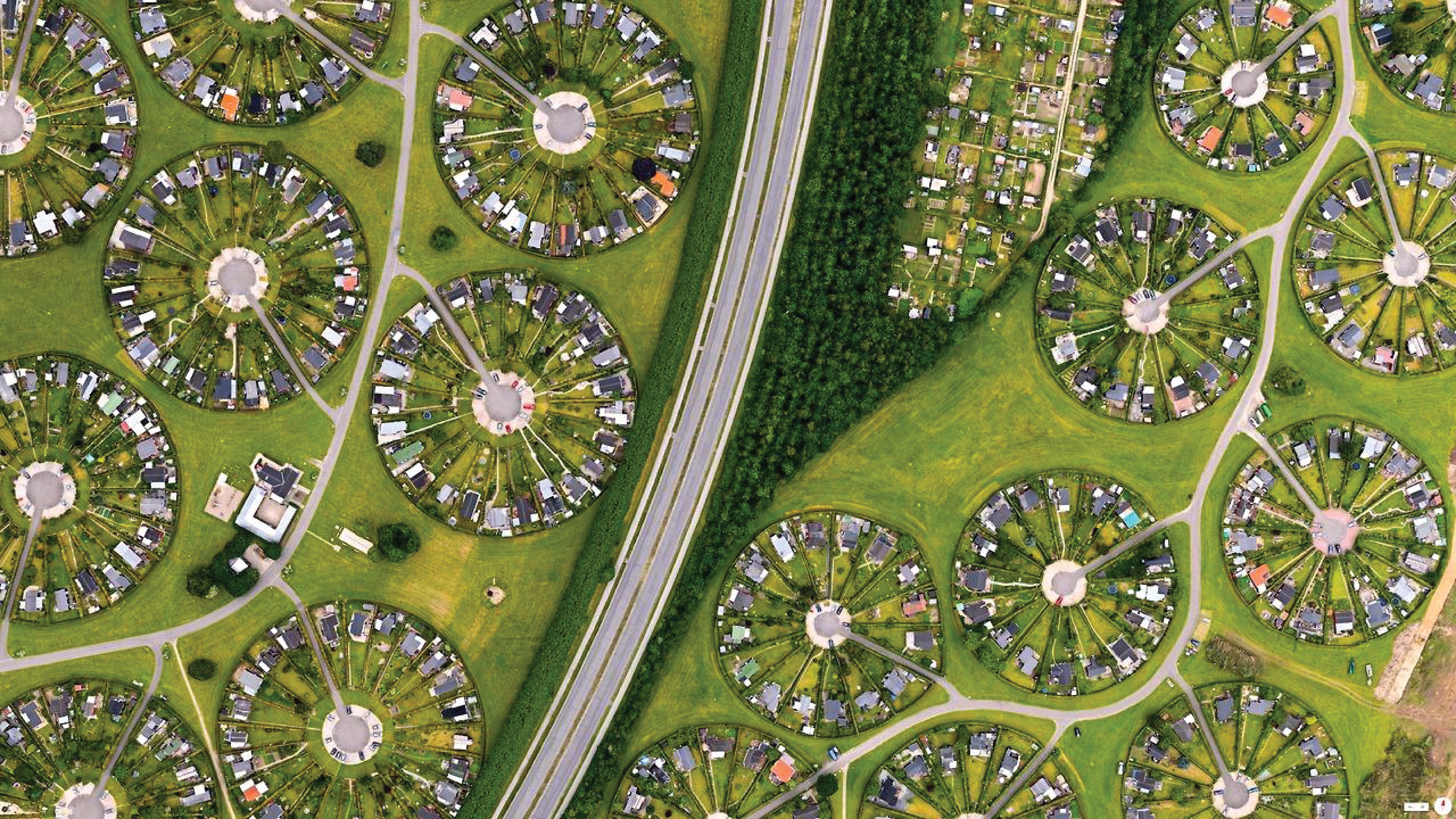

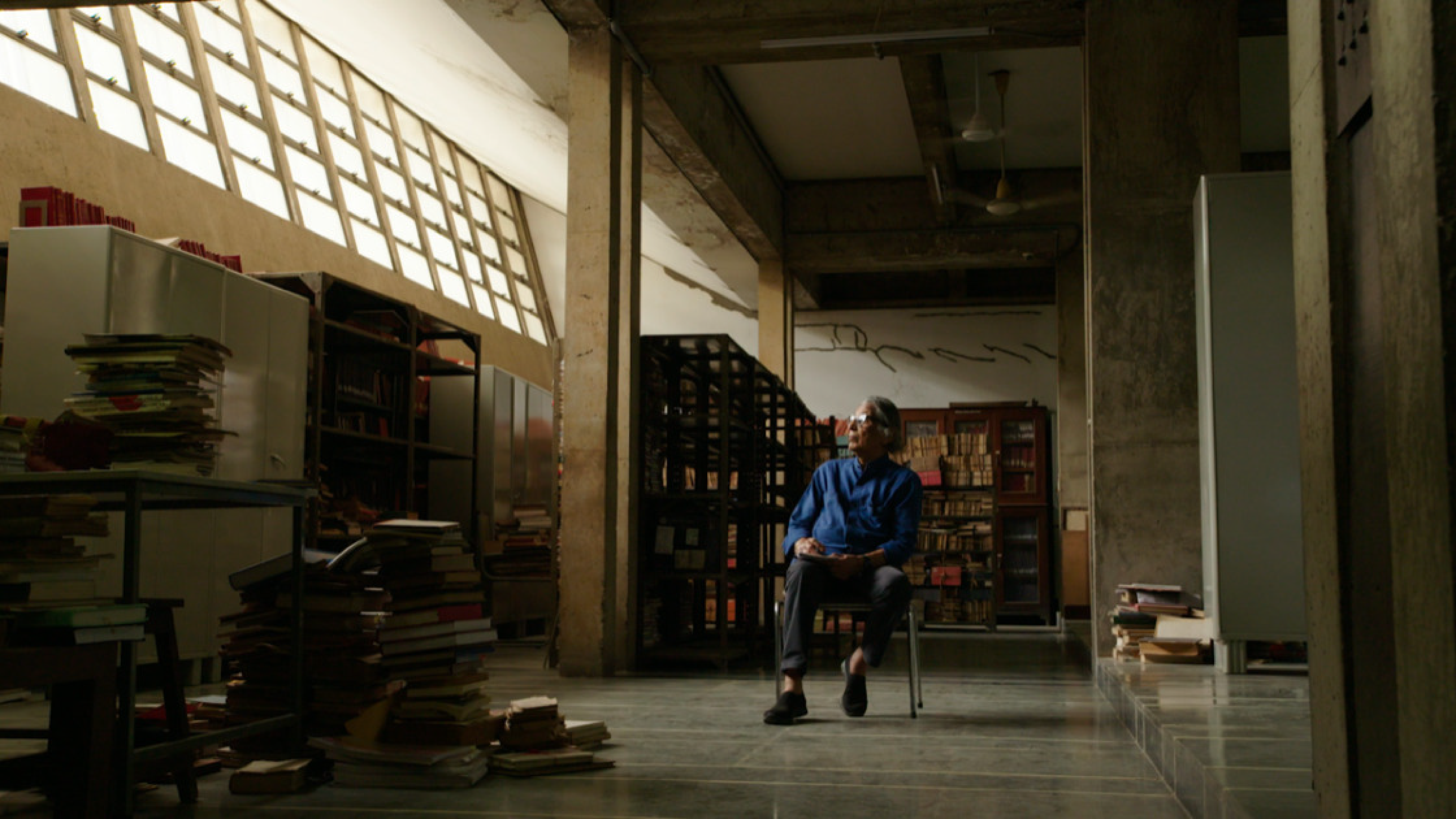
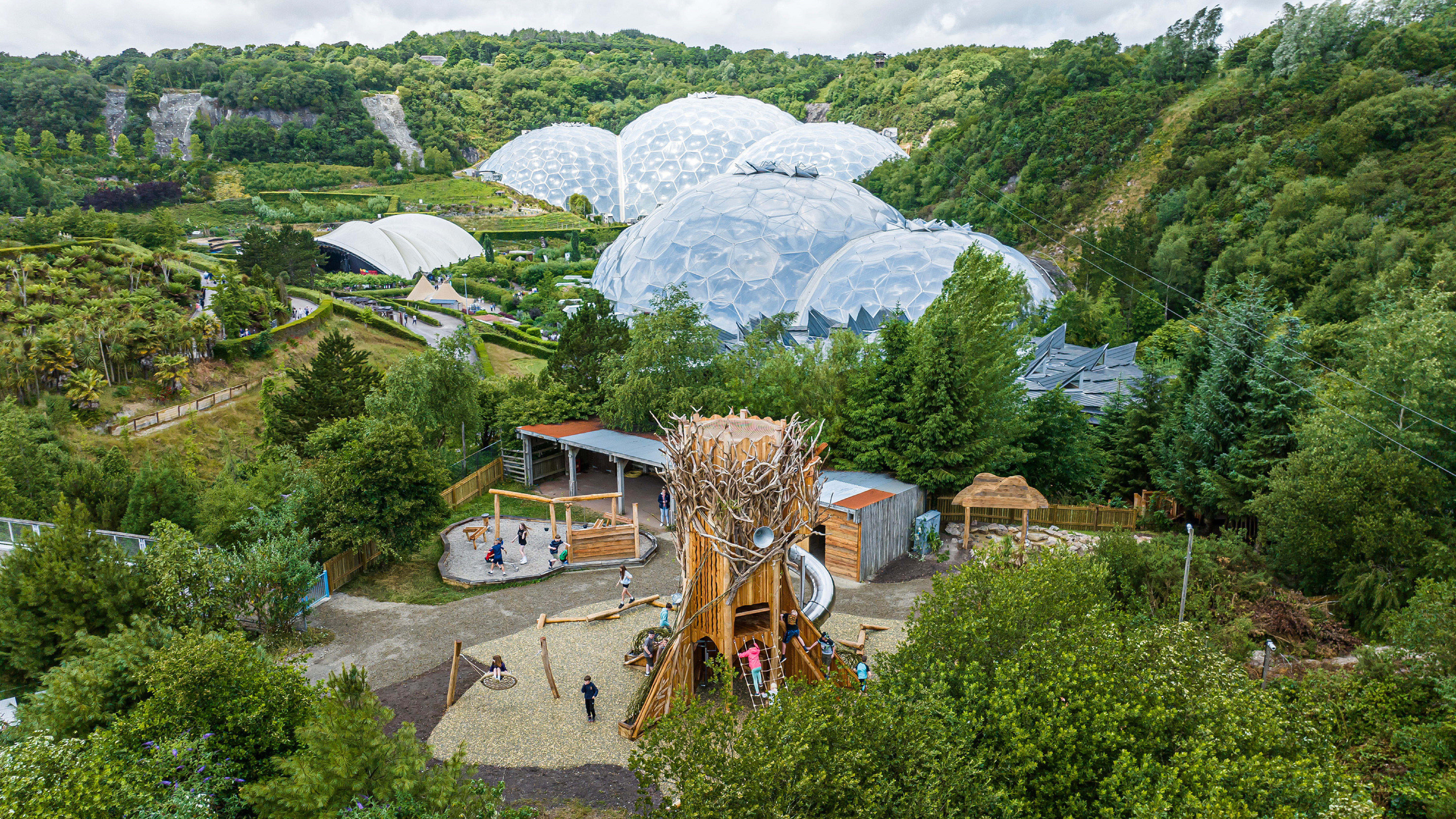
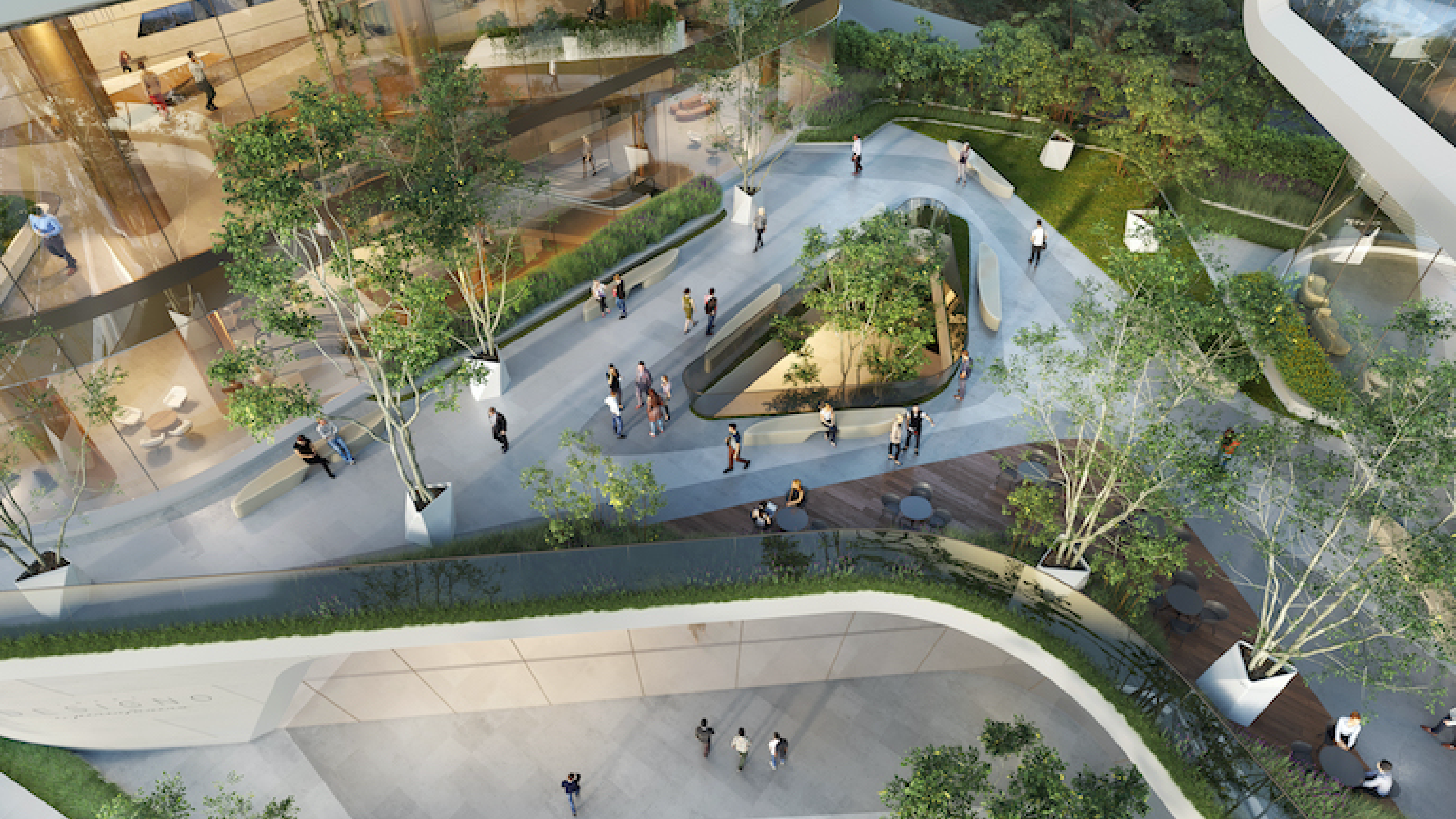
Leave A Comment